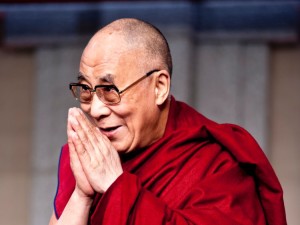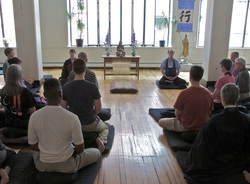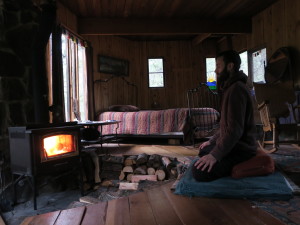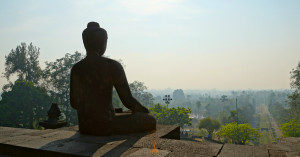Question: Hi David, I’m wondering how I should sit when meditating? I can comfortably sit with my legs crossed but I am worried about my posture.
Answer: Hello there, the first thing to know is that there is no such thing as the “best posture.” The point of the posture is to help ourselves feel relaxed and alert, so we can engage in our meditation. This is usually aided by having a straight spine, keeping our knees either at the same level as our hips or lower, and remaining relatively still. Different postures work best for different people, but if you can sit comfortably with legs crossed, this sounds great – keep at it!
If any mild discomfort starts to come up, the idea is to notice your worries and other reactions, and see if you can allow them to be there. Usually once you notice them, they tend to fade away. However, if the discomfort becomes stronger, or it becomes really painful, then it’s actually really wise to shift your posture. Just consciously notice that you’re doing it!







 One of the most common challenges for new meditators is getting sleepy, or actually falling asleep while meditating.
One of the most common challenges for new meditators is getting sleepy, or actually falling asleep while meditating. 
